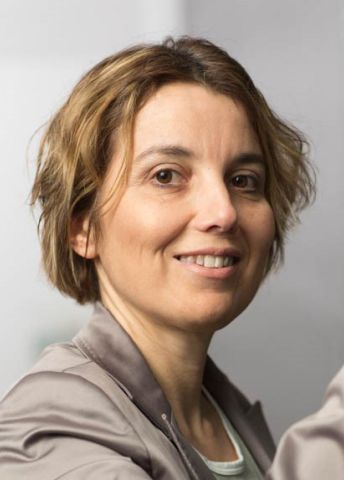
Program for mathematics 2022
Grant to recruit an international researcher
for a postdoctoral position
Professor Sandra Di Rocco
Department of Mathematics, KTH Royal Institute of Technology
Grant to recruit an international researcher
for a postdoctoral position
Professor Sandra Di Rocco
Department of Mathematics, KTH Royal Institute of Technology
Point clouds as a model for data analysis
Professor Sandra Di Rocco will receive funding from the Knut and Alice Wallenberg Foundation to recruit an international researcher for a postdoctoral position at the Department of Mathematics, KTH Royal Institute of Technology, Stockholm.
Many problems in engineering and the natural sciences can be described using systems of polynomial equations. The branch of mathematics called algebraic geometry was developed for understanding solutions to such equation systems, where the solutions could be linked together with the corresponding geometric objects. For example, the set of solutions to a first-degree equation form a line, while solutions to some second-degree equations form a circle. However, the sets of solutions can form much more complicated shapes with rich geometric structures in several dimensions.
Geometrical objects representing sets of solutions to equation systems are called varieties. Modern data analysis for algebraic equations thus involves exploring the geometric properties of algebraic varieties. One example of a technical application of the algebraic geometry is the second-degree equation in eight variables that describes all the possible positions of a robotic arm.
The primary aim of the planned project is to develop new techniques for studying the varieties’ geometry. One way to understand the shape of a variety is to find its algebraic invariants, i.e, the properties that remain the same even if the variety is deformed. The invariants describe the varieties and make it easier to distinguish between different varieties – if the invariants are different then the varieties are different.
One approach for visualising and better understanding the shape of a variety is to cover it with a cloud of points. The cloud must be so well constructed that it can be used to calculate the algebraic invariants.